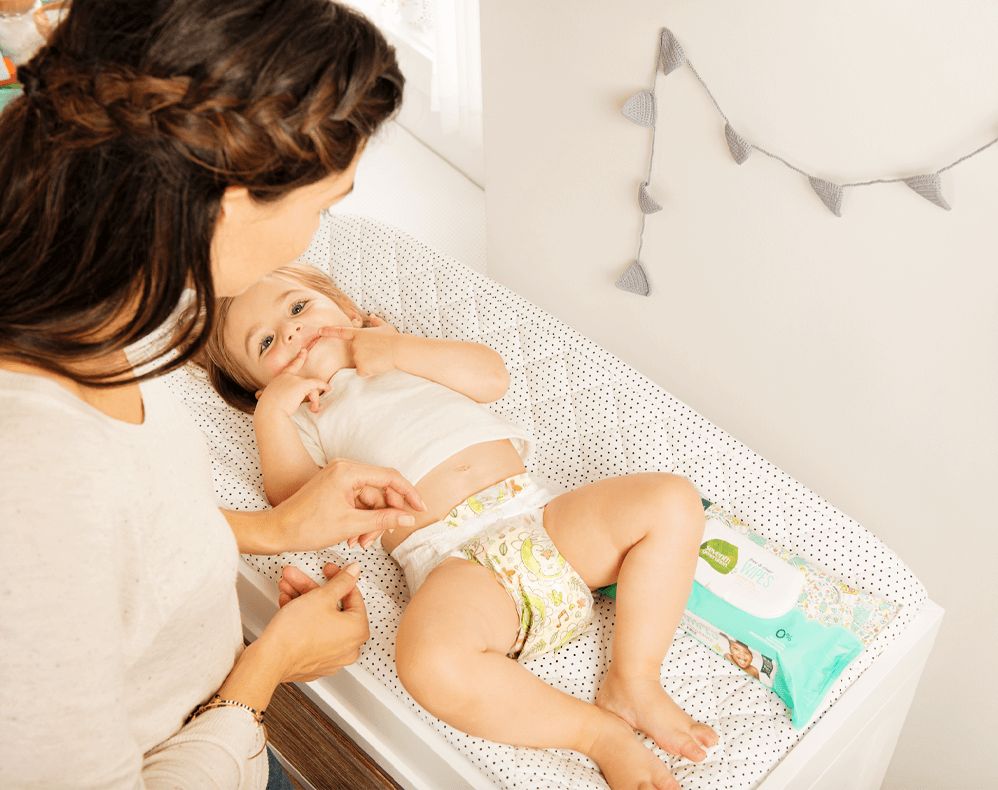Prenatal education music should be controlled about 2 times a day, each time no more than 20 minutes, choose to perform when the fetus awakens with fetal movement. Generally, it is more suitable before going to bed at night. It can be played directly through the tape recorder. The tape recorder should be about 1 meter away from the pregnant woman. The sound intensity is 65 dB ~ 70 dB. You can also use the prenatal microphone to put it directly on the corresponding part of the fetal head of the pregnant woman’s abdominal wall. The volume of the volume can be heard according to the sound intensity of the microphone through the palm of the adult, which is equivalent to the sound intensity that the fetus can hear in the womb To debug. For pregnant women with thick abdominal walls, the volume can be slightly larger; for pregnant women with thin abdominal walls, the volume should be appropriately lower.
The rhythm of prenatal education music should be smooth and smooth, without lyrics, and the mood of the music should be gentle and sweet. But be careful not to put the tape recorder directly on the belly wall of the pregnant woman to listen to the fetus. While the fetus is listening to music, pregnant women should also listen to the special tape for pregnant women with psychological induction words through headphones, or choose their favorite music, and associate the scene with the content of the music performance, and strive to achieve a relaxed and happy mood. In order to adjust the mentality and enhance the effect of prenatal education.
1. Play with a recorder, the pregnant woman is 1.5-2 meters away from the speaker, and the sound intensity of the speaker is 65-70 decibels;

2. if you use headphones to play on the belly wall of the pregnant woman, the headphone can be 60 decibels. When pregnant women listen to music, the fetus is actually “appreciating”. Because the body and mind of the fetus are in a period of rapid development and growth, listening to music is beneficial to the development of the art cells of the fetal right brain. Receiving music education earlier than infants and young children, and developing and using the right brain earlier will help children grow. Continuing to study and live in a musical atmosphere after birth will bring greater benefits to children’s intelligence and acceptance;
3. Pregnant women will let the fetus listen to prenatal education music from the 26th week of pregnancy, no more than 20 minutes each time, 1-2 times a day.
Finally, prenatal education music must be artistic, scientific and knowledgeable. Don’t violate the physiological and psychological characteristics of pregnant women and fetuses, and don’t rigidly instill formal theories, and achieve the purpose of prenatal education in an entertaining environment. Don’t choose music that is noisy and fast-paced. They are neither suitable for you to meditate to eliminate anxiety, nor are they popular with fetal babies; you can choose quiet, melodious tracks that are conducive to reverie.





